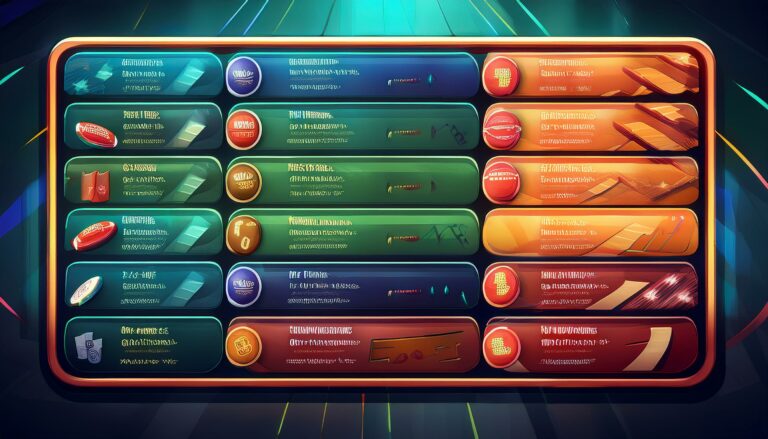The Role of Technology in Cricket Umpiring Decisions
Playexch, Tigerexch247: Umpiring technology in cricket has come a long way since its inception. From the early days of relying solely on the on-field umpires’ decisions, the introduction of technologies like ball tracking and real-time snickometer has revolutionized the way decisions are made on the field. These advancements have not only provided more accurate and fair outcomes but have also added an element of excitement and debate among players and fans.
With the implementation of tools like Hawk-Eye and UltraEdge, the accuracy of decision-making in cricket has significantly improved. Players now have the option to challenge the on-field umpire’s decision through the Decision Review System (DRS), adding a strategic aspect to the game. Despite some initial skepticism and controversies surrounding the technology, its success in reducing errors and enhancing the overall viewing experience of the sport cannot be denied.
The Implementation of Decision Review System (DRS) in Cricket
The Decision Review System (DRS) in cricket has revolutionized the way decisions are made in the game. With the introduction of technology-based tools like ball-tracking and ultra-edge, the accuracy of umpiring decisions has significantly improved. The DRS allows teams to challenge on-field decisions, providing a fair opportunity to review contentious calls and ensure a more just outcome.
Despite some initial resistance from traditionalists, the DRS has gradually gained acceptance across the cricketing world. Its implementation has not only reduced the number of blatantly incorrect decisions but has also added an element of excitement and strategy to the game. Players and fans alike now witness a more transparent and accountable decision-making process, ushering in a new era of fairness and accuracy in cricket officiating.
What is the Decision Review System (DRS) in cricket?
The Decision Review System (DRS) is a technology-based system used in cricket to help on-field umpires make more accurate decisions by reviewing and potentially overturning their calls.
How does the DRS work?
The DRS involves the use of various technological tools such as ball-tracking and UltraEdge to assist in making more accurate decisions on dismissals (such as LBW and caught behind) and fair deliveries.
When was the DRS first implemented in international cricket?
The DRS was first implemented in international cricket in 2008, with the aim of reducing umpiring errors and improving the overall fairness of the game.
Are there any limitations to the DRS system?
While the DRS has proven to be effective in many cases, there are limitations such as the availability of technology in all matches and the subjective nature of certain decisions that cannot be conclusively determined by technology.
How has the implementation of DRS impacted the game of cricket?
The implementation of DRS has led to more accurate decision-making, reduced controversies, and increased transparency in the game of cricket. It has also added an element of strategy for teams in terms of when and how to use their reviews.






